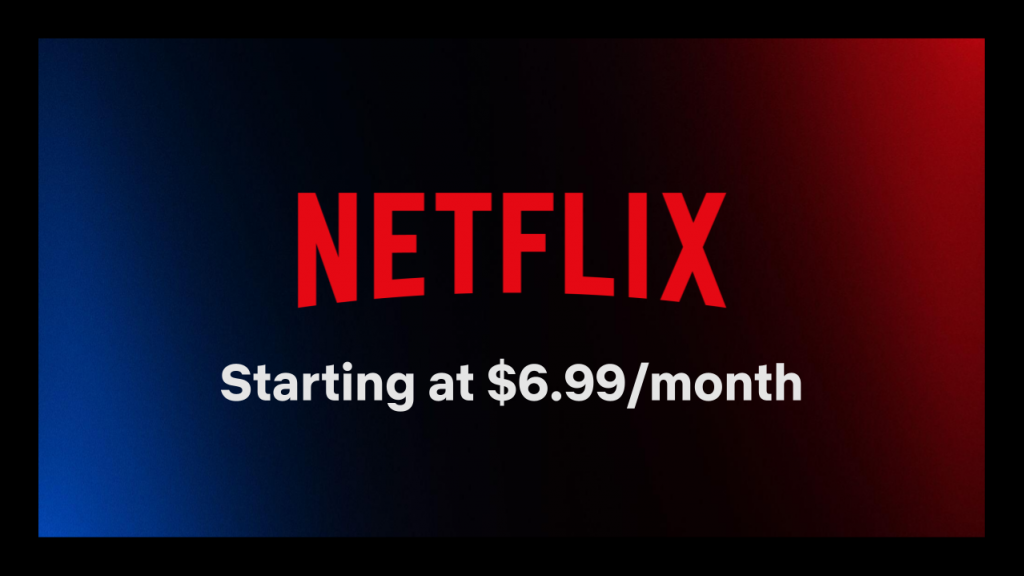Report: 55% rise in time spent on ad-supported apps
February 24, 2023

TVision, the company measuring TV and CTV viewer engagement, has released its semi-annual report: The State of CTV Advertising. While viewers in the US increasingly embrace Ad Supported CTV (up 55 per cent) and FAST apps in particular, advertisers are seeking ways to understand the changing TV landscape and find solutions for critical measures such as CTV’s incremental reach.
With Netflix and Disney+ now in the ad game, advertisers are even more interested in understanding how best to utilise CTV budgets and overcome the challenges that stand in their way. For instance, walled gardens and app-specific metrics prevent advertisers from effectively and independently measuring their campaigns. But TVision addresses this challenge. TVision’s passive, single-source panel allows for transparent measurement across all apps. In its report, TVision reveals how viewers engage with apps, which combination of apps can extend an advertiser’s reach, and how to accurately value impressions based on the real number of viewers in the room.
According to TVision’s data:
- 83 per cent of households are CTV enabled and the average home uses 7.3 apps. But almost 30 per cent of all households use ten or more apps.
- FAST Apps, including The Roku Channel, Tubi and Pluto, captured more share of time spent in the second half of 2022, compared to the first half of the year. But, in 2H 2022, FAST viewers were significantly older and paid less attention than average CTV viewers.
- YouTube (16 per cent) supplanted Netflix (15.3%) for the first time, as the top app for Share of Time Spent Viewing. While Netflix’s Household Reach dropped to 61 per cent in H2 2022, from 66 per cent in H1 2022, it still reaching more households than any other app, including YouTube.
- Disney+ and Netflix present new opportunities to advertise and connect with hard-to-reach audiences. Advertisers can best extend their reach by pairing Disney+ with Peacock (only 48.4 per cent audience overlap) and Netflix with The Roku Channel (only 41.9 per cent audience overlap).
- The Entertainment, Legal, Health and, Retail industries are responsible for the largest share of CTV ad volume. The Government sector, spurred by election-cycle spending, and automotive advertisers, confident that inventory supply issues were subsiding, dramatically increased their investments in H2 2022.
Co-Viewing Gives Advertisers Better Insight Into the Real Value of Impressions
While viewing content on mobile and laptops is generally a solitary activity, the TV viewing experience is not. While the industry has coalesced around a standard 1.2 Viewers Per Viewing Household (VPVH) rate for CTV. In fact, TVision reports that the average co-viewing rate for CTV is 1.44, with significant variance based on apps, household-type, audience demographics, and time of day. As advertisers and media sellers seek to quantify impressions the variance in App VPVH rate is especially important. Among the largest CTV apps, in H2 2022 Disney+ delivered a VPVH of 1.74 and HBO Max and Paramount+ registered 1.5.
“While CTV presents a massive opportunity to reach TV viewers, it can be an extremely frustrating and opaque environment for advertisers, due to walled gardens and their own proprietary metrics,” explains Yan Liu, CEO of TVision. “With the data from our single source panel, we are able to report universal metrics across hundreds of apps, which tell the real story on who advertisers are reaching and how well they are engaging those audiences.”
The data for the report was collected from July 1st 2022 to December 31 st 2022 from 5,000 homes across the US.
